Digital Poster
MRI Acquisition & Reconstruction
ISMRM & ISMRT Annual Meeting & Exhibition • 10-15 May 2025 • Honolulu, Hawai'i

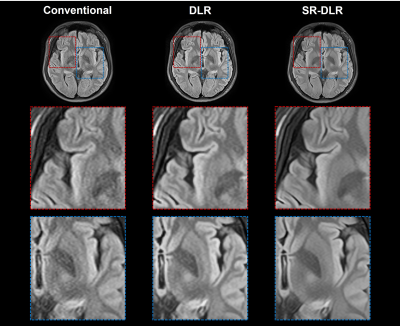 |
Computer Number: 17
1833. Improving
FLAIR MRI Quality with Super-Resolution Deep Learning
Reconstruction
J-K Ryu, H-J Jang, C. Otgonbaatar, J. Kim, S. Jeon, H. Shim
Canon Medical Systems Korea, Seoul, Korea, Republic of
Impact: The SR-DLR method could transform FLAIR MRI,
enabling improved detection and quantification of white
matter lesions without extended scan times. This advancement
may influence imaging standards for brain pathology and
drive new insights into neuro-degenerative disease
diagnosis.
|
|
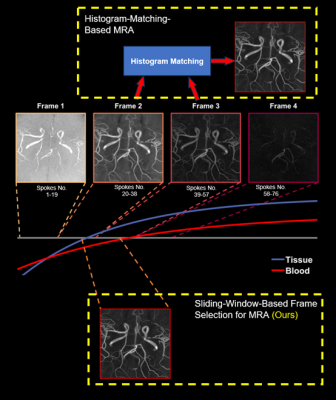 |
Computer Number: 18
1834. Sliding-Window-Based
Frame Selection for T1-Mapping GOAL-SNAP MRA
H. Li, J. Dou, X. Liu, H. Sun, H. Chen
Tsinghua University, Beijing, China
Impact: A novel sliding-window-based frame searching
method enhances GOAL-SNAP MRA for improved visualization of
intracranial vessels. The proposed method demonstrates
superior performance in visualizing distal vessels and
estimating the severity of stenosis compared to TOF MRA.
|
|
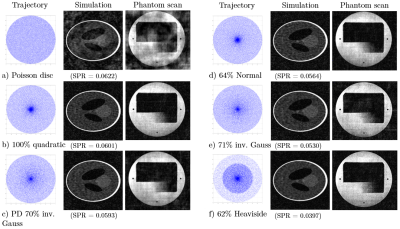 |
Computer Number: 19
1835. Density
optimization of low-discrepancy k-space trajectories for
accelerated 2D single-point imaging
P. Gebhard, T. Speidel, F. Bschorr, J. Schüle, V. Rasche
Ulm University Medical Center, Ulm, Germany
Impact: The clinical application of pure phase encoding
methods as SPI and CSI is limited by the related long
acquisition times. The presented optimized trajectories
enable high undersampling and related reduction of scan time
for broader clinical applications.
|
|
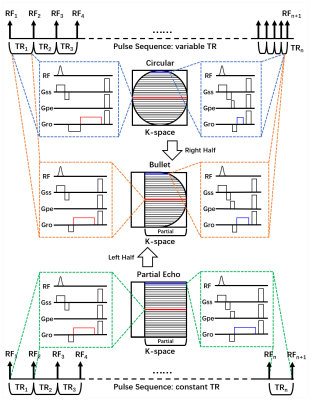 |
Computer Number: 20
1836. Bullet:
An Acceleration Method for Cartesian Partial Echo Acquisition
H. Hong, Y. Ren, W. Liu, Z. Zhou, P. Hu
ShanghaiTech University, Shanghai, China
Impact: The method has the potential to improve clinical
MRI workflows by reducing scan times while preserving image
quality.
|
|
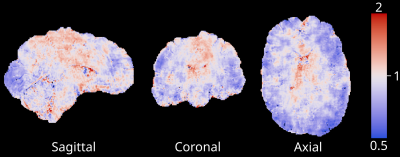 |
Computer Number: 21
1837. SNR
Comparison of the 16-Channel Skope.Swiss NeuroCam versus a
Philips 32-Channel Coil in Phantom and Volunteer Data
J. Devos, S. Sunaert, R. Peeters, R. Ahmed, H. Baeyens, D.
Christiaens
UZ Leuven, Leuven, Belgium
Impact: This study compared regional SNR between the
Skope.Swiss 16-channel NeuroCam™ head coil, equipped with
dynamic field monitoring, and a Philips dStream 32-channel
head coil. Findings offer researchers practical guidance on
coil selection based on regional SNR requirements and study
objectives.
|
|
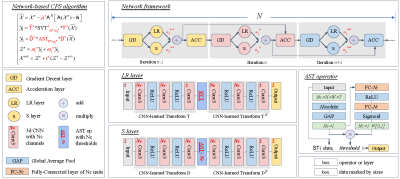 |
Computer Number: 22
1838. Joint
Tensor Low-Rank and Attention-based Sparse Unrolling Network for
Accelerating Dynamic MRI
Y. Hu, Y. Zhang, J. Li
Harbin Institute of Technology, Harbin, China
Impact: The framework we proposed carries profound
implications for various models incorporating joint priors,
extending beyond the interaction of low-rank and sparse
priors and transcending the realm of dynamic MRI
reconstruction applications.
|
|
 |
Computer Number: 23
1839. A
Tuned, 7-pulse Implementation of the Variable Power and
Optimized Relaxations Delays
H. Takeshima, S. Maruyama
Canon Medical Systems Corporation, Tokyo, Japan
Impact: The proposed implementation of the variable
power and optimized relaxations delays (VAPOR) improved
efficiency of the water suppression of MRS. The spectra
acquired with the proposed implementation demonstrated the
efficiency at 1.5 and 3 T.
|
|
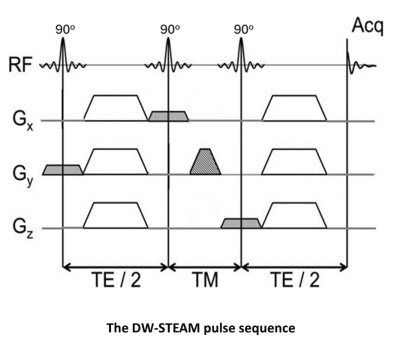 |
Computer Number: 24
1840. Estimation
of apparent diffusion coefficient (ADC) of three major
metabolites measured in human brain at 3T
Z. Javed, G. Collier, N. Hoggard, J. Wild
Section of Medical Imaging and Technologies, Division of Clinical Medicine, School of Medicine and Population Health, Faculty of Health, University of Sheffield, Sheffield, United Kingdom
Impact: Non-invasive quantification of metabolic
diffusion and regional metabolic profile characterization
can enhance neurological disorder diagnostics. This study
shows diffusion-weighted spectroscopy's potential to assess
in vivo metabolic profiles, refining biomarkers for early
diagnosis and treatment monitoring, and improving clinical
outcomes.
|
|
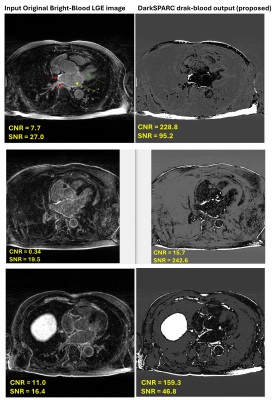 |
Computer Number: 25
1841. DarkSPARC:
Novel Method for Self-Calibrated Spectral Formation of Left
Atrial Dark-Blood from Bright-Blood LGE MRI
M. S. Elbaz
Northwestern University, Chicago, United States
Impact: DarkSPARC’s has the potential to improve LGE
image quality while eliminating the need for separate
dark-blood acquisitions, reducing scan time and patient
discomfort. It may have potential applications beyond
atrial imaging, for vessel wall imaging.
|
|
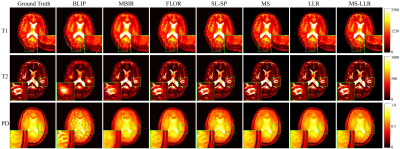 |
Computer Number: 26
1842. High-quality
Brain MR Fingerprinting Based on Latent Manifold Structure
Regularization
P. Li, Y. Ji, Y. Hu
Harbin Institute of Technology, HARBIN, China
Impact: By exploiting the manifold structure prior of
MRF data, our method can better reconstruct detailed
textures and provide accurate brain tissue characterization,
thereby improving the diagnostic accuracy in clinical
applications.
|
|
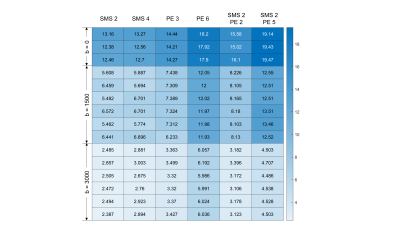 |
Computer Number: 27
1843. Comparative
Analysis of GRAPPA and SMS Acceleration Methods in
Multidimensional Diffusion-Relaxation Correlation MRI
L. Zhou, P. Or, Q. Shi, Q. Zhang, D. Weng, X. Zhang, F. Zong
Beijing University of Posts and Telecommunications, Beijing, China
Impact: This study investigates the influence of SMS and
GRAPPA acceleration techniques in MD-MRI, providing a
reference to find a balance between acquisition time and
inversion result quality.
|
|
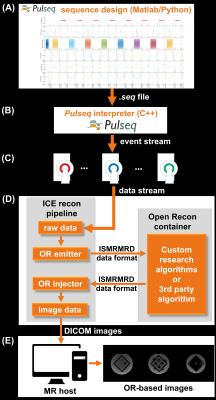 |
Computer Number: 28
1844. Open-source,
Flexible, and Reproducible Workflow for Data Acquisition,
Reconstruction, and Post-processing Based on Pulseq and Open
Recon
Q. Chen, P. Hucker, M. Shafiekhani, M. Zaitsev
Division of Medical Physics, Department of Diagnostic and Interventional Radiology, University Medical Center Freiburg, Faculty of Medicine, University of Freiburg, Freiburg, Germany
Impact: We demonstrate a successful integration of
Pulseq with Open Recon, thereby establishing an open-source,
flexible, and reproducible workflow for data acquisition,
reconstruction, and post-processing, and validate this
workflow with four example sequences.
|
|
 |
Computer Number: 29
1845. Optimisation
of Flip-Angle Schedules for MR Fingerprinting with inhomogeneous
Transmit Fields
F. Horger, S. McElroy, S. Malik, J. Hajnal
King's College London, London, United Kingdom
Impact: This work addresses one of the problems of
quantitative imaging at ultra-high field to make its benefit
more accessible. The larger aim is to achieve high
resolution parameter maps which can be useful for diagnosis
and research of neurodegenerative diseases.
|
|
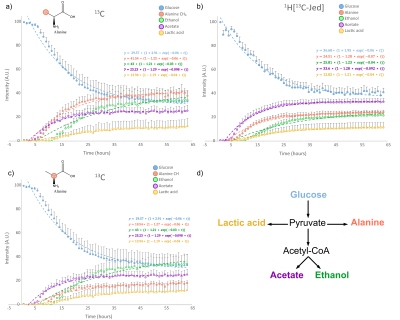 |
Computer Number: 30
1846. Real-time
13C J-coupling-edited Proton High-Resolution Magic Angle
Spinning (HRMAS) MRS of Live Cells
R. Ghosh Biswas, E. Zhang, A. Pavao, L. Bry, L. Cheng
Massachusetts General Hospital, Charlestown, United States
Impact: 1H-13C-J-coupling
(1H[13C-Jed])
HRMAS was used to follow real-time targeted metabolism of 13C-glucose
and 13C-threonine
in 100,000 C. diff. cells
(20 µL) using 13C-labelled
substrates, for >48 hours. A 13.9x improvement in S/N in 1H[13C-Jed
relative to 13C-MRS
was observed.
|
|
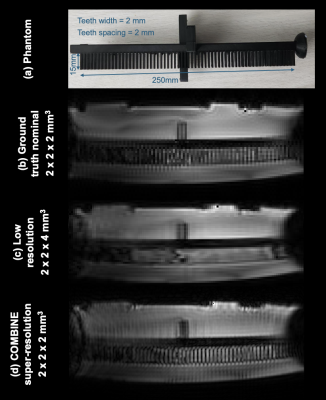 |
Computer Number: 31
1847. Super-resolution
MRI with 3D cones
H. Brnawi, M. Mendoza, N. Bangerter, P. Lally
Imperial College London, London, United Kingdom
Impact: Non-Cartesian COMBINE opens new avenues for
super-resolution UTE imaging and broadening clinical
applications.
|
|
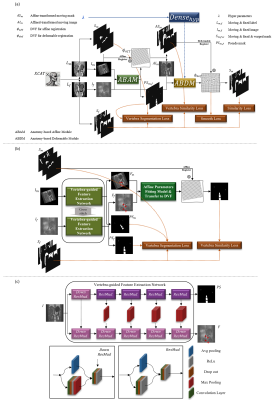 |
Computer Number: 32
1848. RAUQ-4DRecon:A
Robust Anatomy-based Ultra-Quality 4D MRI reconstruction
workflow
p. wang, W. Liu, W. Wang, H. Wu, J. Lai, Y. Zhang, J. Deng,
J. Cai, T. Li
the Hong Kong Polytechnic University, Hong Kong, Hong Kong
Impact:
This study addresses data limitations in training 4D-MRI reconstruction workflows, significantly enhancing generalizability of 4D-MRI and expanding its potential clinical applications across various medical settings. The digital phantom-based training procedure also offers valuable insights for other medical image processing tasks. |
The International Society for Magnetic Resonance in Medicine is accredited by the Accreditation Council for Continuing Medical Education to provide continuing medical education for physicians.